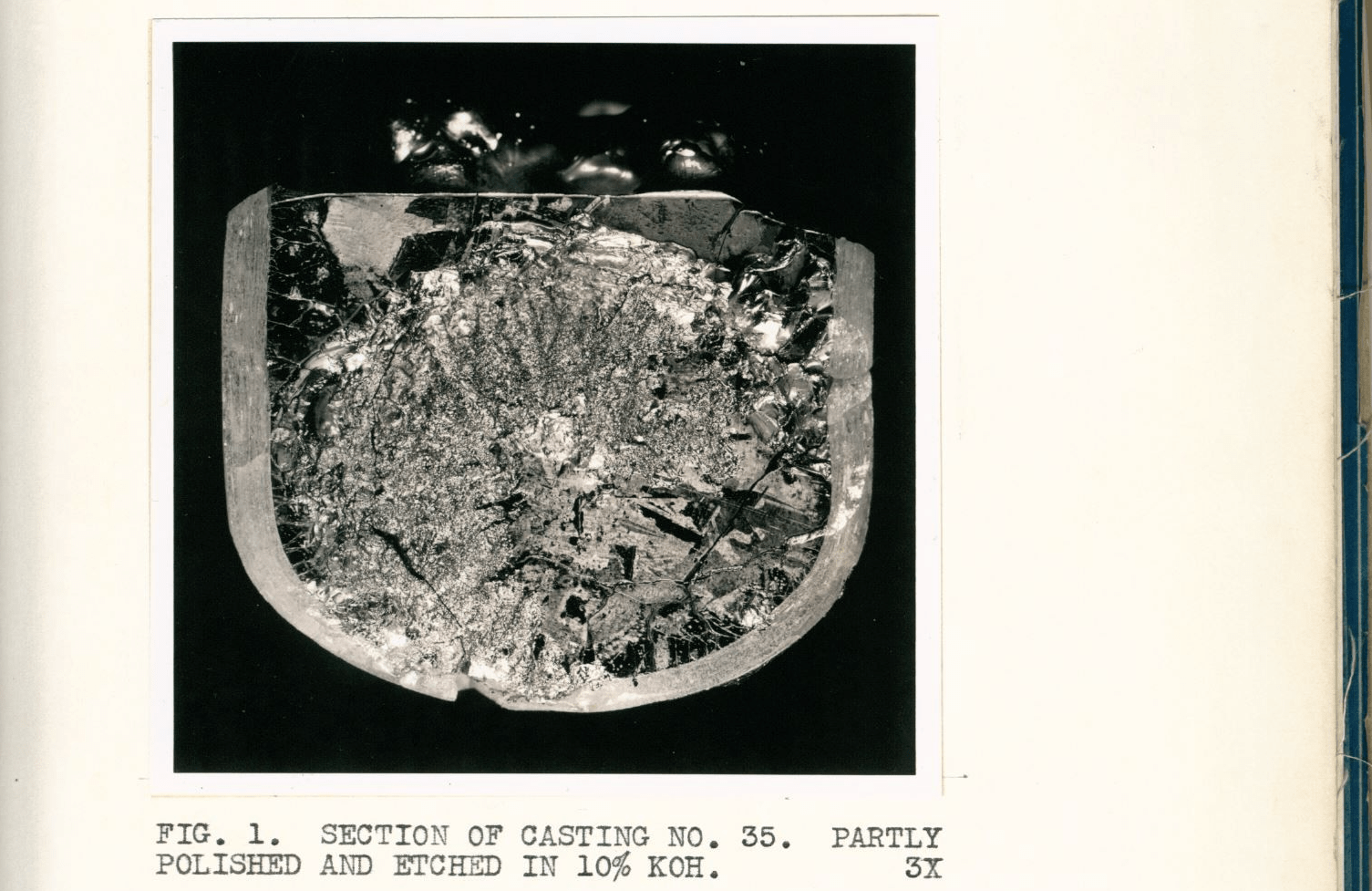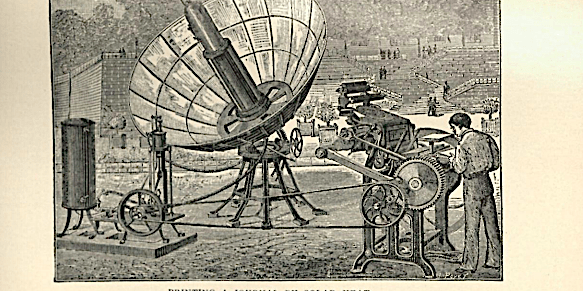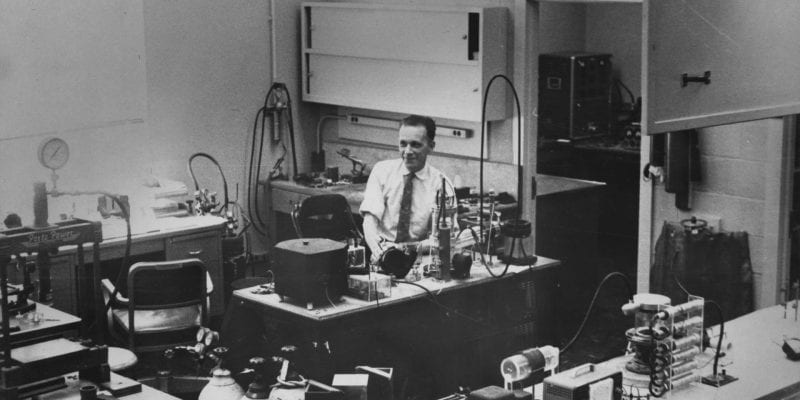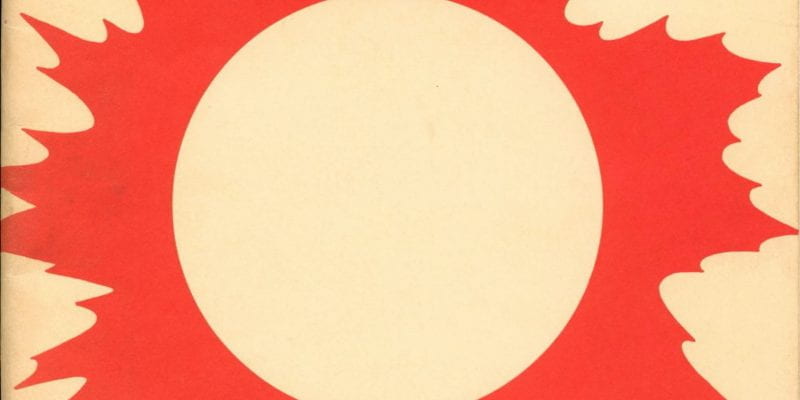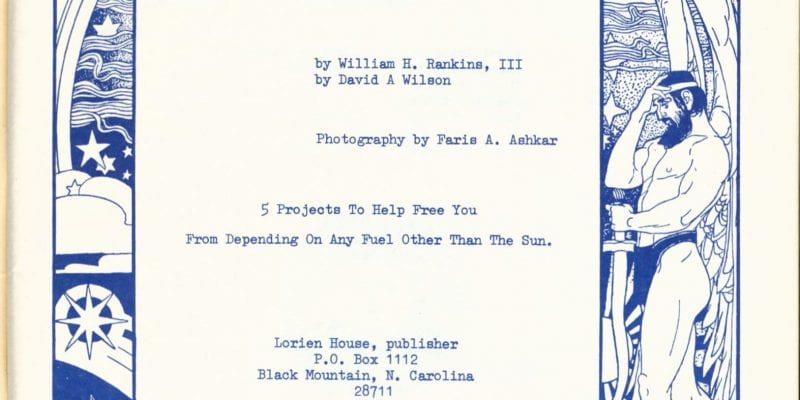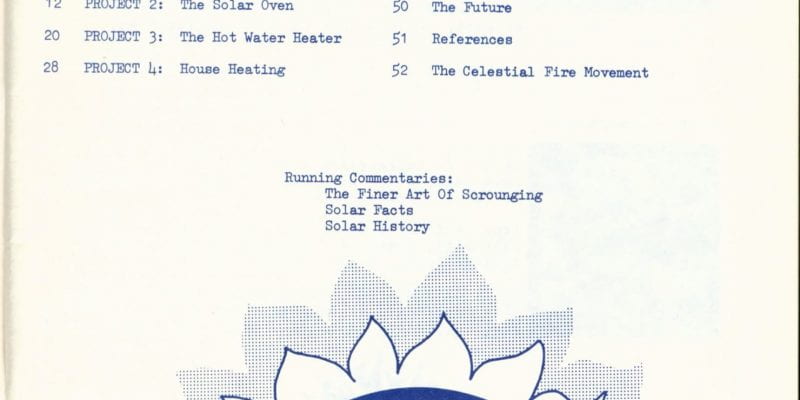Future Sunlight
According to solar energy expert John Perlin, the earliest example of intentional human use of the sun for heating can be found in ancient Chinese architecture, as described in philosopher Yu Li’s Xian qing ou ji. Using mirrors and glass, humans have attempted to concentrate solar heat for centuries. Charles Pope’s Solar Heat, for instance, depicted a printing press powered by a solar concentrating apparatus. The promise of solar power grew dramatically when, in 1939, Bell Labs scientist Russell Ohl discovered that purified silicon crystals generated an electric current from light, creating the first solar cell. Interest in practical, residential uses of solar energy grew with the energy shortages of the early 1970s, before federal funding for research declined in the 1980s. Today solar energy is viewed as key to decarbonization and reducing human reliance on fossil fuels.
Charles Henry Pope
Solar heat: its practical applications
Boston, Mass. : Charles H. Pope, 1903.
Photograph of Russell Ohl, Microscope view of Silicon
Russell Ohl papers
circa 1939
William H. Rankins, III, David A. Wilson, with photography by Faris A. Ashkar
Practical sun power : 5 projects to help free you from depending on any fuel other than the sun
Black Mountain, N. Carolina : Lorien House, publisher, [1975]
CO2 PPM in 1903, 1939, and 1975: 296.7, 310.1 and 329.6
Additional Information
For additional information on the decades-long development of solar energy technology and industry, see the American Solar Energy Society records in the Penn State Special Collections Library.
